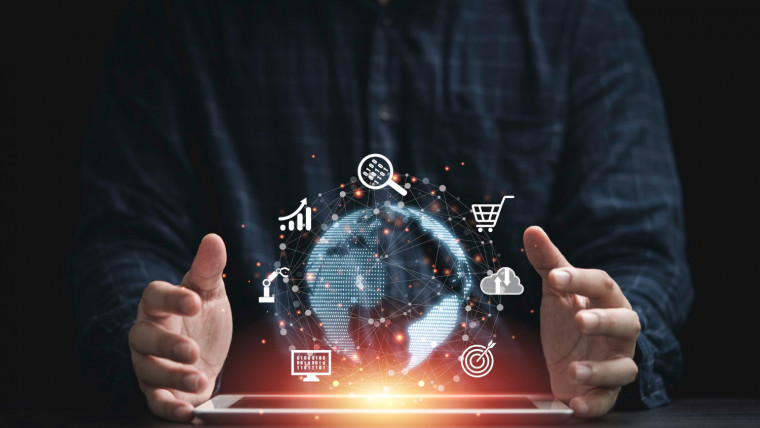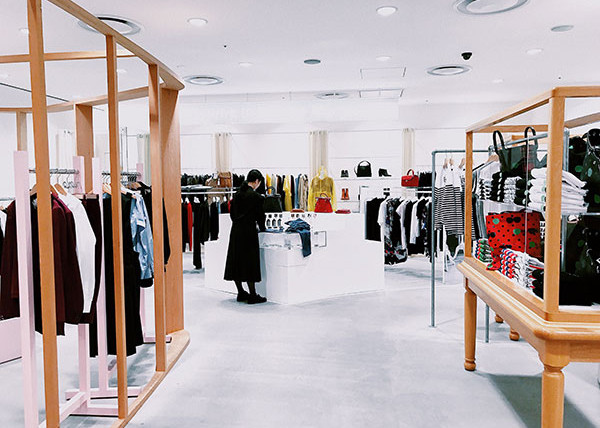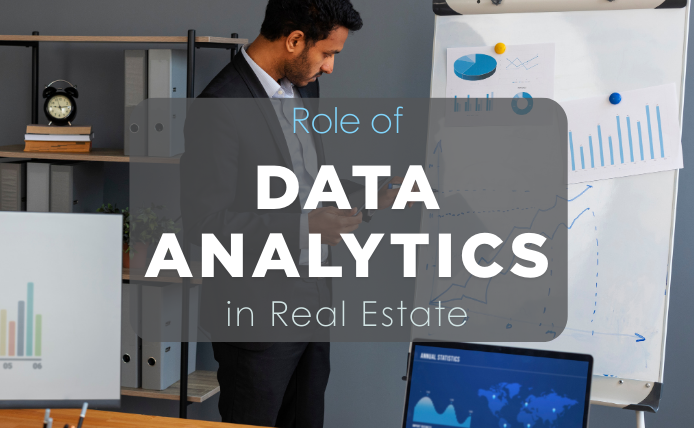– Anuj Kejriwal, MD & CEO – ANAROCK Retail
Property technology (PropTech) is a new force that’s taking the real estate industry by storm. It is the use of information technology to help individuals and companies research, buy, sell and manage real estate. Just the way FinTech focuses on the use of technology in finance, PropTech uses digital innovation to address the needs of the property industry.
This trend has gained pace since 2013 with the emergence of FinTech, the growing need for smart spaces, expansion of online marketplace and automation-linked productivity. Today, every step of the real estate life cycle is being relooked and tested for redesigning with the help of technology.
Technology has also become the cornerstone of the new retail story in India. From the basic design stage to creating a superior customer experience, technology is prevalent at every step. Even as it streamlines and eases the entire process from designing, development, leasing and creating a customer experience, technology in retail is key to improving profitability.
Technology in Mall Designing
Developing a mall is not the same as building a residential or commercial asset and requires a specialised design and layout. This lesson was learned the hard way by mall owners/developers who struggled with multiple floors, high vacancy rates and failed malls. The last few years have seen the application of new technologies/ software to understand the design of a mall and make it more customer-centric.
Gone are the times of basic AutoCAD drawings. Architects and designers have now upgraded to software such as ‘Revit’ and ‘Archi Cad’ to optimise mall design and focus on customer experience. Another advantage of using these digital tools is the optimal placement of stores within the mall to increase visibility and, in turn, enhance customer experience.
Adoption of appropriate technology while designing a mall achieves:
- High visibility and proper placement of stores
- Excellent circulation areas
- More open spaces to create experience centres
- Better accessibility to avoid traffic bottlenecks outside and optimal flow of footfalls inside
These factors are key differentiators between successful and average malls and also ensure future profitability by attracting key tenants and running cost-effective operations.
Efficient Mall Development
It is an established fact that excluding land cost, almost 50-60% of the overall cost of a real estate project involves the construction process. This makes it imperative to procure the appropriate materials and use the right construction technique to save costs and increase profitability. In shopping malls across India, developers have adopted advanced and green materials in order to make their structures more efficient and reduce environmental pollution.
PropTech is now at the centre of mall development and several of the latest building technologies are being adopted to optimise construction time and save costs:
- Prefabrication: This technique increases the construction speed and helps time valuable time.
- 3D printing: By using this tool, mall developers are able to increase construction speed at lower costs and also achieve better utilisation of space.
- Green materials : The use of environment-friendly building material has the dual benefit of lowering pollution and increasing construction speed.
- Robotics: Robotic technology accelerates construction pace and reduces overall cost by lowering dependence on manpower.
- Building Information Modelling : By employing this technique, mall developers are able to achieve better collaboration and communication along with better pre-construction project visualisation
Streamlined Operations & Leasing
Today, PropTech pervades almost all aspects of contemporary real estate development and use, and is being increasingly used to enhance the operations of shopping malls. Armed with tools such as Artificial Intelligence, Big Data and Analytics, Virtual Reality and Augmented Reality and Computer Aided Design (CAD), malls owners and developers have optimised operations by reducing the need for manpower.
Though mall leasing in India is mostly done offline, either through real estate brokers or directly through the developers, technology is making inroads in this aspect of the retail business as well. Mall owners/developers are opening up to new technologies such as Blackbird – a VR and market intelligence tool to conduct real estate transactions. By viewing actual CAD renderings of properties, they can filter their search using factors such as demographics, tax incentives, transit options, etc.
Access to big data also gives brokers the ability to match investors to property type and streamline the entire transaction process. ANAROCK uses big data extensively to quickly and efficiently match the requirements of tenants with specific requirements to existing mall stock in any given catchment and mall typology.
Enriching Customer Experience
The retail customer profile is fast evolving and is now dominated by millennials who are tech-savvy and demand the same from the retail spaces they patronize. This has led to the trend of experiential shopping that is built around a holistic shopping experience. Mall owners are focusing on different aspects such as fast-paced check-out to identifying buying behaviour of their customers to create an integrated shopping experience.
With the rising penetration of e-commerce, the retail industry is facing stiff competition and has had to combine its online and offline businesses. Major players have developed mobile apps and/or mobile/computer websites to make the buying decision more conclusive for the buyers.
Fast Forward
Technology is developing at a rapid pace and the Indian retail sector must evolve constantly to keep up with not just offline peers but also competition from e-commerce. The key is to incorporate technology at every step – from mall designing and daily operations to accentuating customer experience. With the successful implementation of PropTech in Tier-I cities, we are likely to see its impact in smaller towns and cities – because it is here where the maximum future growth for Indian retail lies.
PropTech is ultimately an investment in the future of Indian retail, and finds application in building better malls, streamlining operations and creating a memorable customer experience. The initial cost of adopting the latest technologies may be high, but such an investment translates into loyal customers and more profitable malls for a lifetime.






